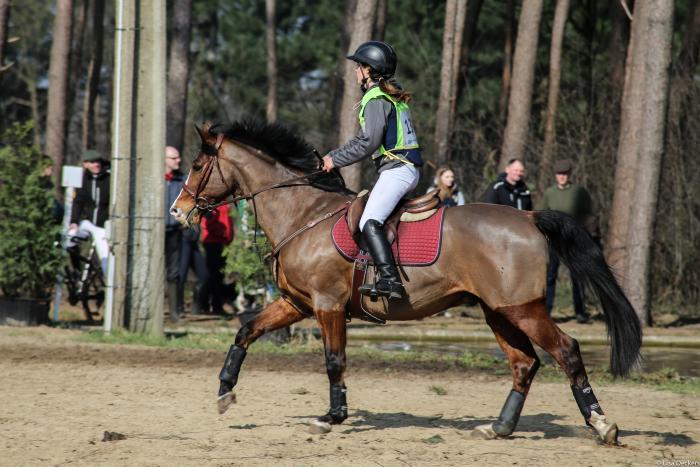
Days-lost to training in relation to workload in sporthorses
During the competition season, days-lost to training or competition due to injuries in sport horses is a common dreaded issue. This article provides you with some essential keys to limit the incidence and impact of physical issues of the show-jumping horses. Enhancing variation in training as well as limiting the frequency of trainings with more than one minute of jumping, ruling out training on 25-33% of the days for strategic ratio exercising/recovery, train frequently on sand surfaces and taking extra care of horses with previous musculoskeletal injuries or horses older than 6 years old are all approved beneficial factors to decrease the days-lost to training.
The aim of this study is to analyse the relation between days-lost to training and competition and horse characteristics, training and management strategies and the time to spent working on various surfaces. Similar research on race and dressage horses is also already realised. This study recorded dataof 263 elite show-jumping horses daily over a period of 9-371 days by a training diary.
Results showed 6% of the days during competition season being days-lost to training with main cause non-acute orthopaedic factors. This study states that this issue can be handled by managing the workload of showjumpers accurately.
Expert opinion by Isabeu Deckers
In order to improve the welfare of the sport horse, and thereby their level of performance, I advise all equine professionals and equestrians to integrate the findings of this study as basic guidelines for the training and management of their sport horses. In summary, benefits can be gained by increasing the variety of the trainings (see videos as example), limiting the frequency of trainings with more than one minute of jumping, providing 25-33% of the days during competition season with rest for the horse, training frequently on sand surfaces and spending extra attention on the horses with previous musculoskeletal injuries or the horses older than 6 years.
> From: Egenvall A. et al., Preventive Veterinary Medicine 112 (2013) 387– 400. All rights reserved to 2013 Elsevier B.V. Click here for the online summary


